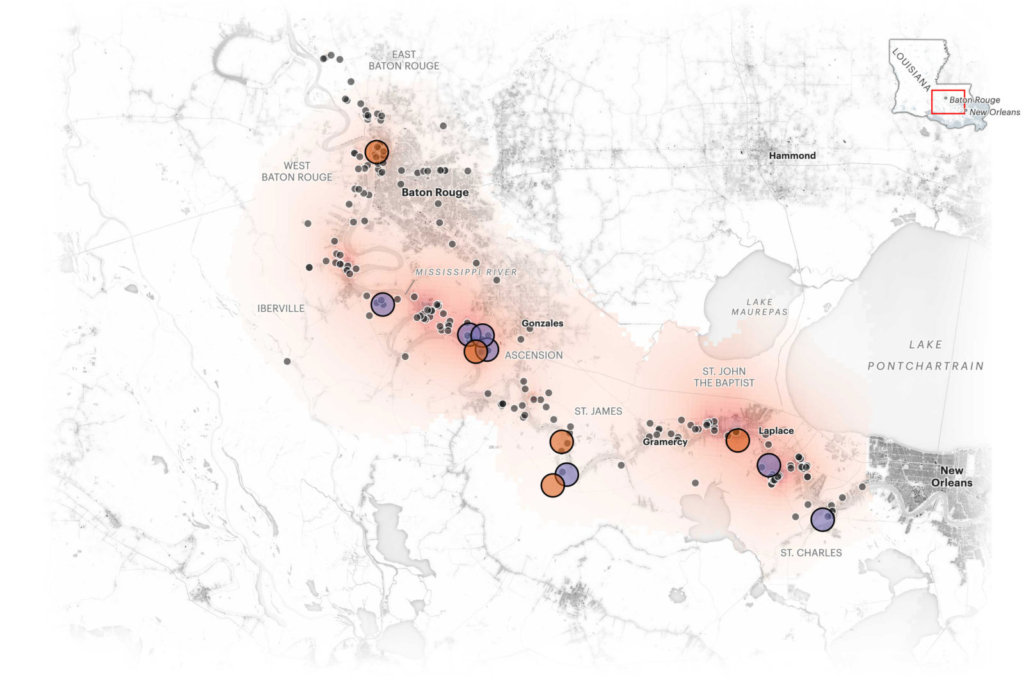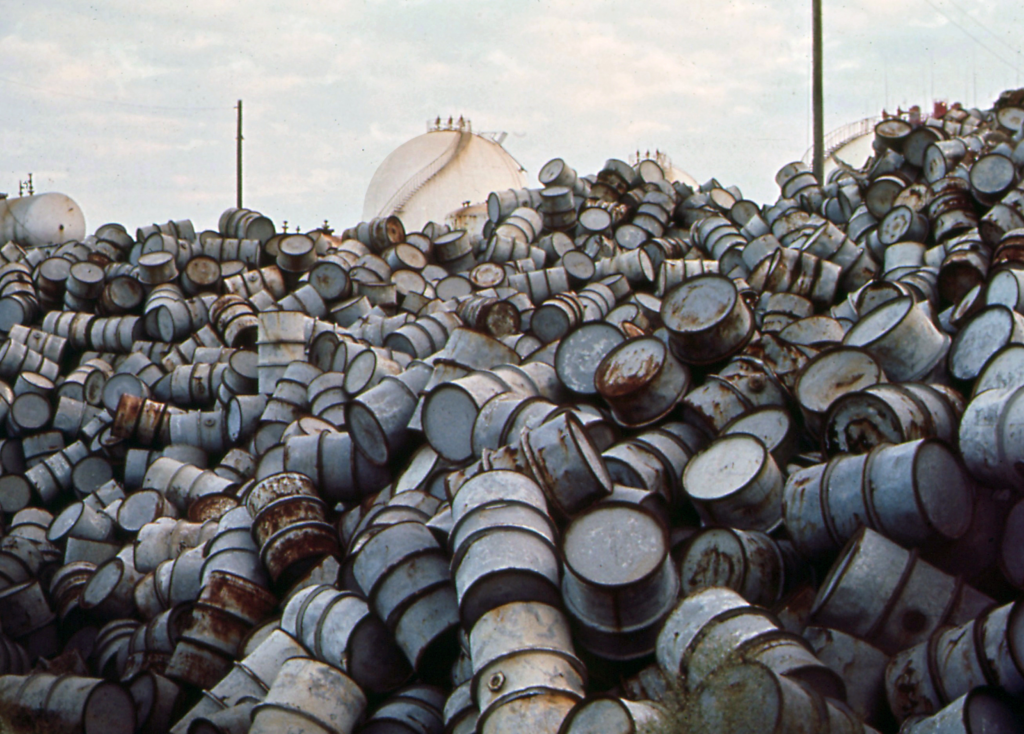by Mariah Jones
The year is 1987. The place is a small southern town in St. Gabriel, Louisiana. Within two blocks of the same street, 15 neighbors have been diagnosed with cancer. They would later nickname their street “Cancer Alley.” As more cases began to pop up, the nickname “Cancer Alley” began to cover an 85-mile long stretch on both sides of the Mississippi River. In Cancer Alley, the cancer risk is seven times higher than the national average. So, what exactly sets this stretch of river apart from other parts of the Mississippi?

In the 85-mile stretch of the river that is referred to as “Cancer Alley”, there are more than 150 chemical factories (also known as plants). These plants range from rubber plants to refineries. The mere existence of the plants is not the issue per say, but the issue is the amount of air-borne toxins being produced and released into the community. For example, one of the toxins released is chloroprene, which was classified as a human carcinogen by the Environmental Protection Agency (EPA) in 2010. It is also to no surprise that due to the number of chemical plants in the state, Louisiana has one of the worst air qualities in the nation.
After years of calls for help from the community and small triumphs in court to prevent new plant construction, the EPA has zeroed in on making real change. As of April 2023, the EPA has assigned new emission rules, in hopes of reducing emissions “by more than 6,000 tons a year”. A recent article found a lot of plants located in cancer alley have not abided by the proper disposal or handling of their hazardous waste, therefore resulting in higher levels of pollution and risk to the local community.
There are residents in St. James Parish, a parish within cancer alley, that remember their community before the industry exploded in the 80’s. Over the last 40 years, they have seen the lives of their peers and neighbors changed forever. This story is not unique to Louisiana, but the proportion and pure neglect of the health of residents and the environment there are astonishing.
The community has been rallying together for the past 30 years against the “industry corridor.” There have been various lawsuits through the years that resulted in small victories, but nothing substantial enough to curb the amount of pollution. As of March 2023, residents of St. James Parish have filed a federal lawsuit against their local officials. The lawsuit claims that local officials have neglected the rights of the residents, as they have continued to approve new plant builds, despite community cries and knowledge on the danger potential. Although a recent supreme court ruling has limited the EPA’s reach, there is still hope for the residents. They deserve a safe environment to live and raise their children in.
It may seem that we are too removed from Louisiana to make a difference, but that is far from the truth. The best way to advocate for and help communities like those of Cancer Alley, is to advocate for everyone (locally, nationally, and globally). The most valuable tool you have is your voice! Sites such as EarthJustice and Connect4Climate have resources on how to use your voice and make a difference in your community and others. It is never too late or too early to make an impact.

